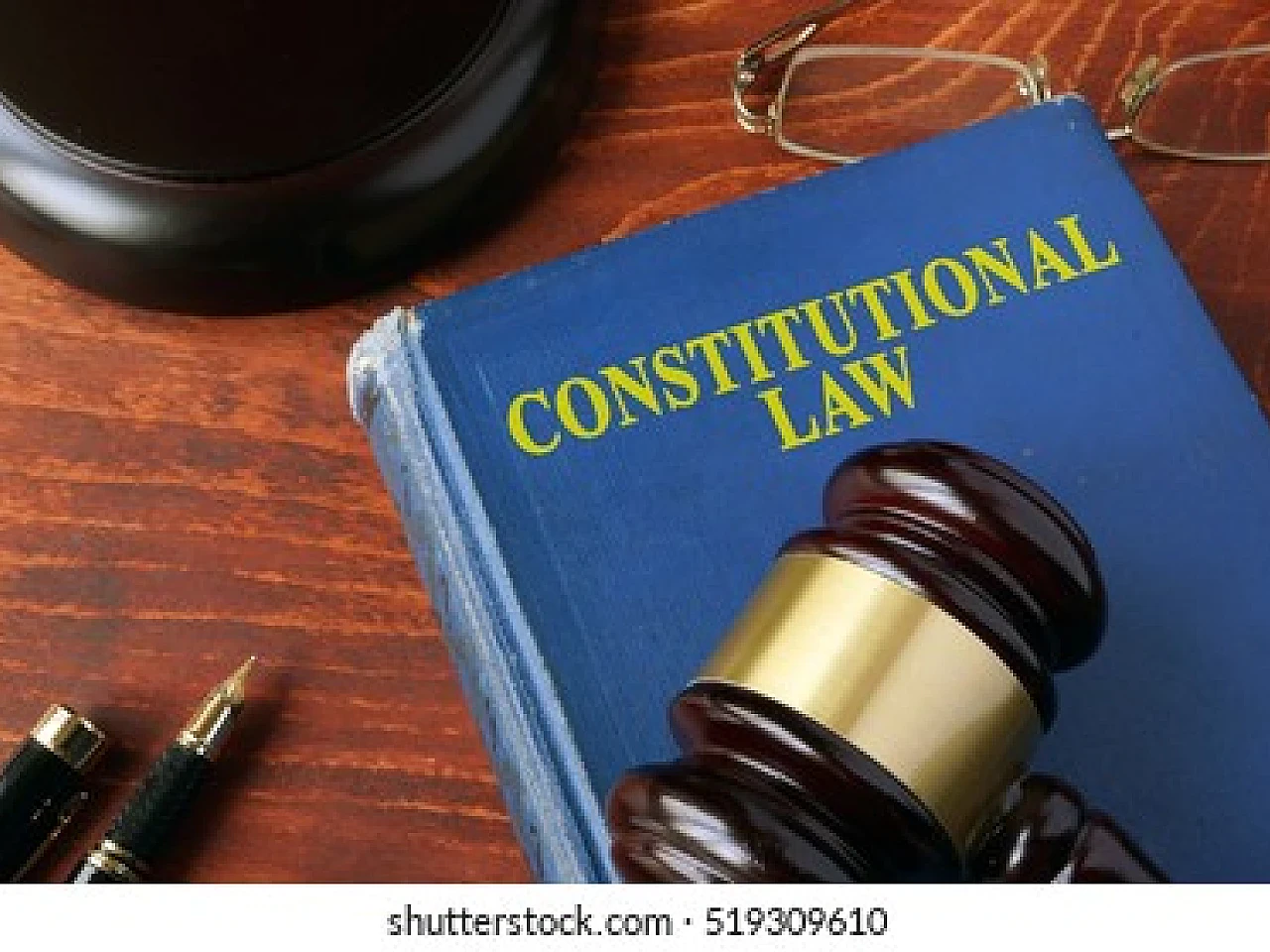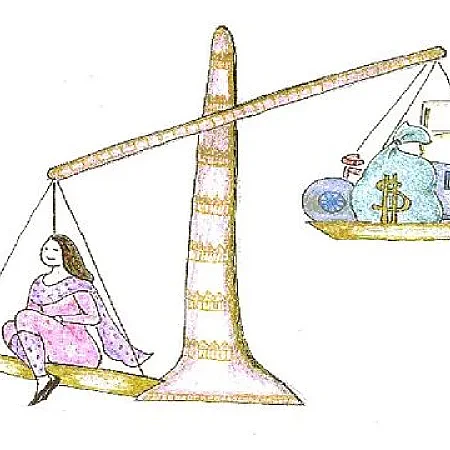Constitutional law
Generally, constitutional law is the foundation of all law in a specific jurisdiction. It establishes governmental authority and power, as well as limitations and grants of rights. The Constitution of the United States established a system of government and serves as the primary source of law. While each individual state has its own constitution, "Constitutional law" generally refers to such law of the federal government. Constitutional law is a body of law which defines the role and structure or different entities within a state, namely, the execute, the parliament or legislature and judiciary; as well. Constitutional law regarding with: We, the Sovereign People of Nepal, Internalizing the people’s sovereign right and right to autonomy and self-rule, while maintaining freedom, sovereignty, territorial integrity, national unity, independence and dignity of Nepal.
Importance: Protecting and promoting social and cultural solidarity, tolerance and harmony, and unity in diversity by recognizing the multi-ethnic, multi-lingual, multi-religious, multi-cultural and diverse regional characteristics, resolving to build an egalitarian society founded on the proportional inclusive and participatory principles in order to ensure economic equality, prosperity and social justice, by eliminating discrimination based on class, caste, region, language, religion and gender and all forms of caste-based untouchability, and Being committed to socialism based on democratic norms and values including the people’s competitive multiparty democratic system of governance, civil liberties, fundamental rights, human rights, adult franchise, periodic elections, full freedom of the press, and independent, impartial and competent judiciary and concept of the rule of law, Constitutional law looks at the sources in which the triers of fact would turn to guide their constitutional interpretations, and how such judges may weigh the words of the text of the document, the framers' intentions, case precedents, and policy consequences of the interpretation for a legal decision.
principles of constitutional law:
separation of paower
check and balance
Bicameralism
popular sovereignty,
judicial review
limited government
The Constitution established a national government distinguished by federalism, separation of powers, checks and balances, and bicameralism. It divided power and created conflicting institutions—between three branches of government, across two chambers of the legislature, and between national and state levels. While the structure it created remains the same, the Constitution has been changed by amendments, interpretation, new practices, and intermediary institutions. Thus the Constitution operates in a system that is democratic far beyond the founders’ expectations. Constitutional law deals with the fundamental principles by which the government exercises its authority.
The constitution is largely written in gender-neutral terms. Some of the important aspects of the constitution include the following:
1. The Constitution restructured Nepal into a federal republic. The Constitution divided the nation into seven provinces and completed the transition of Nepal from constitutional monarchy to republicanism and from a unitary system to federalism.
2. The Federal system is established with three tiers, Federal Government, Provincial Level, and Local Level. The guiding principles of the 'Holding Together' type of Nepalese federal system are based on Co-existence, Co-operation, and Coordination (3Cs).
3. Nepal is defined in article 4 as an "independent, indivisible, sovereign, secular, inclusive, democratic, socialism-oriented, federal democratic republican state."
4. A bicameral parliamentary system was created with two Federal houses and unicameral parliamentary systems in each province.
5. A mixed electoral system was adopted for the elections of the lower Federal house with both first-past-the-post and proportional electoral aspects used to elect members.
6. The rights of gender and sexual minorities are protected by the new constitution with provisions of special laws to protect, empower and develop minority groups as well as allowing them to get citizenship in their chosen gender.
7. The rights of women were explicitly recognized, the constitution stating that “women shall have an equal ancestral right without any gender-based discrimination”.
8. Acts leading to conversions from one religion to another were banned, and acts that undermine or jeopardize the religion of another prohibited. At the same time, the constitution declares the nation to be secular and neutral toward all religions.
9. Nepal also has continued not to use the death penalty. Nepal had abolished capital punishment in 1990 after the promulgation of that year's Constitution of the Kingdom of Nepal.[5]
Conclusion
The constitution of Nepal seems to be a strong constitution and has been well received by the people of Nepal. Several provisions contained in the constitution of Nepal makes it quite distinct from the constitution of Nepal. The constitution of India does not give any political representation to the women where as the constitution of Nepal expressly contains 33 percent political representation two women. The procedure of electing the president is different under both the constitution. Under the India constitution president is elected by the Electoral College where as under the constitution of Nepal the president is elected by Federal constitution assembly and central constitution members.
rima kumari sah (constitutional law student)
B.A.LL.B. (5th year)
chakrabarti law college







-thumb.webp)


-thumb.webp)